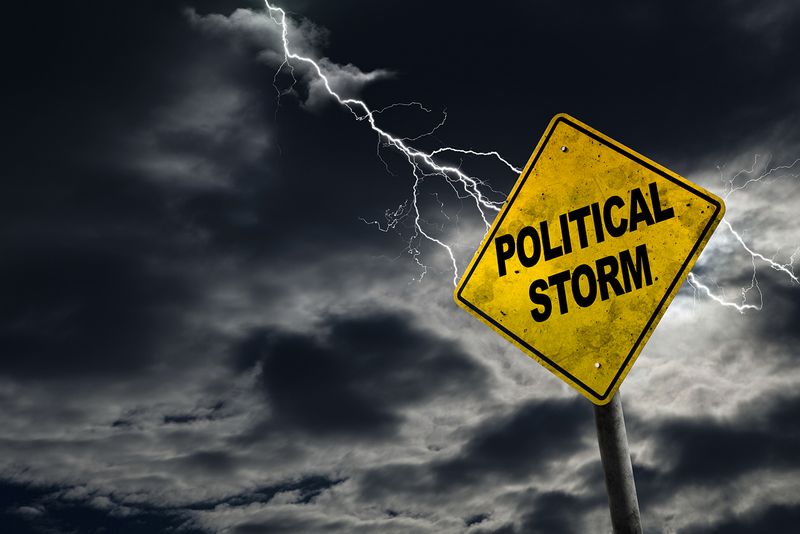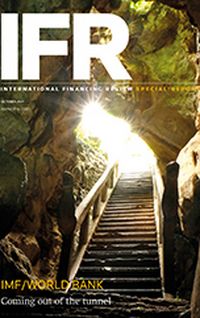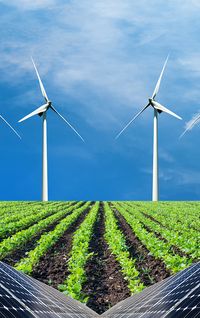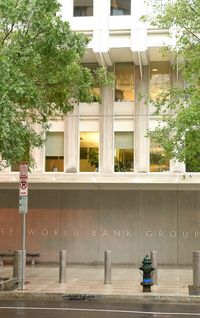The election of anti-establishment candidates has created opportunities for investors, but not without peril
When 51-year-old former primary school teacher Pedro Castillo was confirmed as president of Peru in July, he became the latest victor in Latin America’s ongoing backlash against the political establishment – a trend that has only been further amplified by the impact of the coronavirus pandemic.
The left-wing outsider was a virtual unknown on the Andean country’s political stage, but Castillo’s appeal to the country’s rural and poorer voters – all disproportionately hit by the Covid-19 crisis – echoed the atmosphere of discontent that had already been building across the region prior to the pandemic.
“Signs of political or social unrest have been a long time in the making – whether it is with perceived inequality or just dissatisfaction with the way the state operates,” said Sebastian Brown, chief economist for Latin America at Deutsche Bank.
“There have been long-standing divisions among people and long-standing feelings of dissatisfaction that bubbled up to the surface; they exploded before Covid and then Covid has just exacerbated these feelings.”
While Castillo is a socialist, market watchers say the anti-establishment sentiment that is gripping the region is agnostic to ideology and is instead a broad rejection of the status quo and whoever is in charge rather than a blanket lurch to the left.
“This is not a pink tide,” said Ernesto Revilla, chief economist for Latin America at Citibank. “The frustrations of the Latin American electorate are deeper than with a specific set of economic or social policies; they are really dissatisfied with the structural issues in Latin America that have not been solved by politicians on either side of the political spectrum.”
Take Ecuador. In April, voters rejected leftist candidate Andres Arauz in favour of conservative ex-banker Guillermo Lasso. Then, in Argentina, midterm primaries in September saw a heavy defeat for the incumbent left-wing Peronist party ahead of the midterm elections in November.
“People are looking for changes, even if that means moving from one side of the political spectrum towards another,” Revilla said.
Yet, while the economic outlook for Peru is now more uncertain, Revilla says some of Castillo’s appointments have been less extreme than initially feared.
“There is a division of views in his cabinet with moderates like finance minister Pedro Francke and some more radical people under his coalition, but so far he hasn’t been able to push towards a very radical reform because you have this tug of war between the views in his cabinet and he’s constrained a lot by the institutions,” Revilla said.
Headaches and opportunities
Political uncertainty in Latin America is creating headaches – as well as opportunities – for investors. Eric Fine, a fund manager at VanEck, said he had no Peru exposure going into the election, but when the bonds sold off in the wake of Castillo’s win – the yield on its 10-year local currency bond hit a high of almost 6.8% in August, having been trading below 5% prior to the run-off in June – the country’s debt became a buying opportunity.
“We had none going into the election, not because we necessarily thought Castillo would be elected but because we didn’t see much upside if he wasn’t and we saw a lot more downside if he was,” said Fine.
“Then when he got elected the bond market had this massive overreaction and Peru became one of the cheapest things on our models, so we nervously deferred to Peru’s history of its institutions moving key elements of policymaking to the middle.”
The appointment of Francke as finance minister was enough to convince some investors that Peru would maintain a market-friendly posture and the bonds eventually started to recover, with the yield on its 10-year bond falling to roughly 6.3% towards the end of September. Other investors are staying on the sidelines for now.
“We need to see the actions, not just the words,” said Nafez Zouk, an emerging market sovereign debt analyst at Aviva Investors. “Once we have details of the budget, we will have a clearer sense of how they plan to meet their campaign pledges. That’s when we’ll start to reconsider Peru as an investment case, but before that we can’t just rely on words.”
Another potential political shift on the horizon is in Chile. Back in May, voters elected a group of radical leftists and independents to rewrite the country’s constitution, further weighing on Chile’s debt. By the last week in September, the yield on Chile’s 10-year local currency bonds had almost doubled to 5.44% from 2.83% at the start of the year.
Adding to the uncertainty, Chile goes to the ballot box in November for its presidential election. While both Fine and Zouk believe Covid-19 had a direct impact on Peru’s election outcome, in part because the country’s chronically underfunded healthcare system has contributed to it having the world’s worst Covid death rate per capita, Chile’s election will instead hinge on issues that had been festering before the pandemic hit.
“Chile’s problems aren’t Covid-related,” said Zouk. “The Chilean protests started before the pandemic, driven by popular discontent around social services, the cost of living and inequality – Covid has just made it worse.”
With the unpopular centre-right president Sebastian Pinera’s term coming to an end, Brown said it is difficult to gauge which way the political pendulum will swing in November – two relative outsiders on the right and left, Sebastian Sichel and Gabriel Boric, both performed well in July’s primaries and the polls are close. Yet, whoever is elected could well see their victory overshadowed by the outcome of the country’s constitutional reforms next year.
“What happens with the constitutional convention is likely to have a much deeper impact on Chilean growth prospects going forward than the results of the presidential election,” said Deutsche Bank's Brown.
“If the left wins the election, then maybe that makes the constitutional convention confident that what they’re doing is right and they push for more extreme elements in the constitution. Or if the right wing wins the election, then the left may feel that the only avenue they have to push their agenda is through the constitutional convention and therefore that becomes more extreme. So the constitutional convention could be much more significant.”
More than just politics
Some investors are unfazed by the region’s uncertain political backdrop. Ilan Furman, a fund manager at Columbia Threadneedle Investments, reckons that digital transformation trends accelerated by Covid in e-commerce, fintech, healthcare and education are a much more compelling long-term investment driver than fretting over which way the political winds are blowing.
“I’m not monitoring the election in country X and thinking if that candidate is going to win I want to buy more equities or if there is an adverse election outcome in a particular country that I’m going to sell, these secular growth trends are much more powerful than political changes,” Furman said.
However, with Colombia and Brazil gearing up for presidential elections next year, further political upheaval could be on the cards.
“The fact that Chile, which was the country with the strongest fundamentals in the region, is undergoing an uncertain political transformation with the constitutional reform shows that all countries are vulnerable to a degree,” said Revilla.
One bright spot for incumbent governments is that the economic outlook has improved, at least in the near term, thanks to favourable external tailwinds.
“Latin America has a short window of opportunity where external conditions are actually very good,” said Revilla. “You have strong growth in the US and China – even if it is decelerating on the margin – you have high commodity prices and most of all you have low interest rates in the US.”
That backdrop is giving Latin American economies the headroom to vaccinate as many people as possible and to strengthen fundamentals, said Revilla.
“When external conditions change, more crucially with an increase in rates from the Fed, external conditions are going to turn into headwinds and there is going to be much more pressure on capital flows in Latin America,” he said.
Yet despite a return to growth this year, nearly all Latin American economies are going to emerge from the pandemic with weaker finances, which could weigh on any continued recovery next year.
“The prospects for output to continue to improve this year are good because the slump was so large in 2020 that numbers are going to look fantastic. But 2022 is where things become more challenging because all countries other than Mexico – whose fiscal policy response to the pandemic was significantly smaller as a percentage of GDP than other Latin American economies – have a weakened fiscal position,” said Brown.
“Deficits have increased, there have been downgrades in Peru and Colombia, and that will all take a toll on public finances going forward.”
The lingering effects of the pandemic may also continue to fuel discontent with incumbent governments, ensuring the political backdrop remains unpredictable.
“There isn’t enough of a differential response to Covid that could make some incumbents feel safer than others,” said Brown.
“The isolation and the pressure – both economic and even emotional – that people have felt during the pandemic means we could see more of what’s happened in Peru and Chile elsewhere as voters reject the establishment.”
To see the digital version of this report, please click here
To purchase printed copies or a PDF of this report, please email gloria.balbastro@lseg.com





























